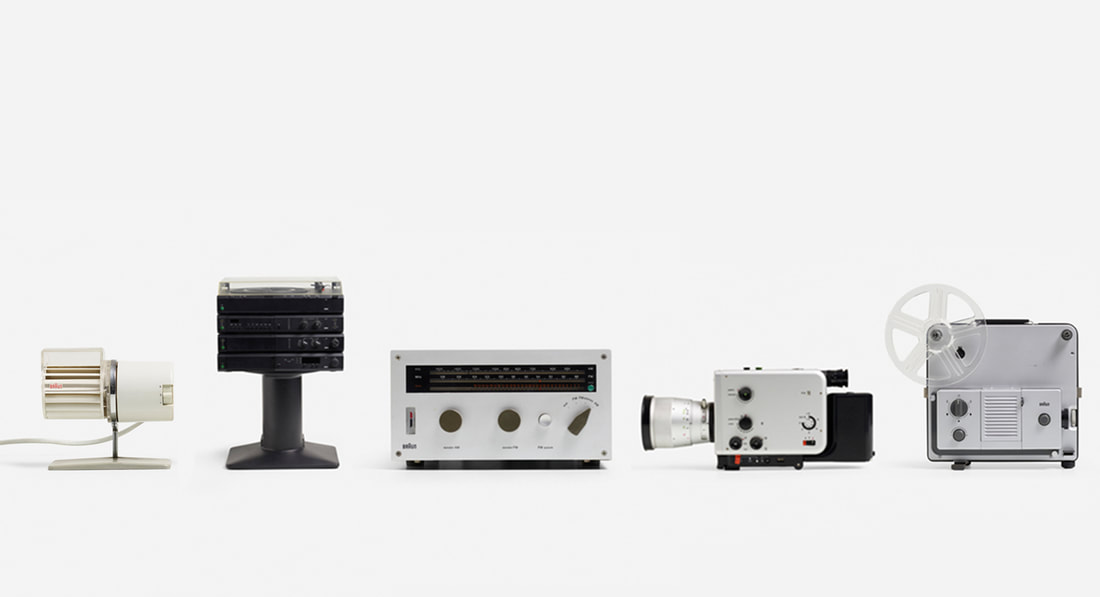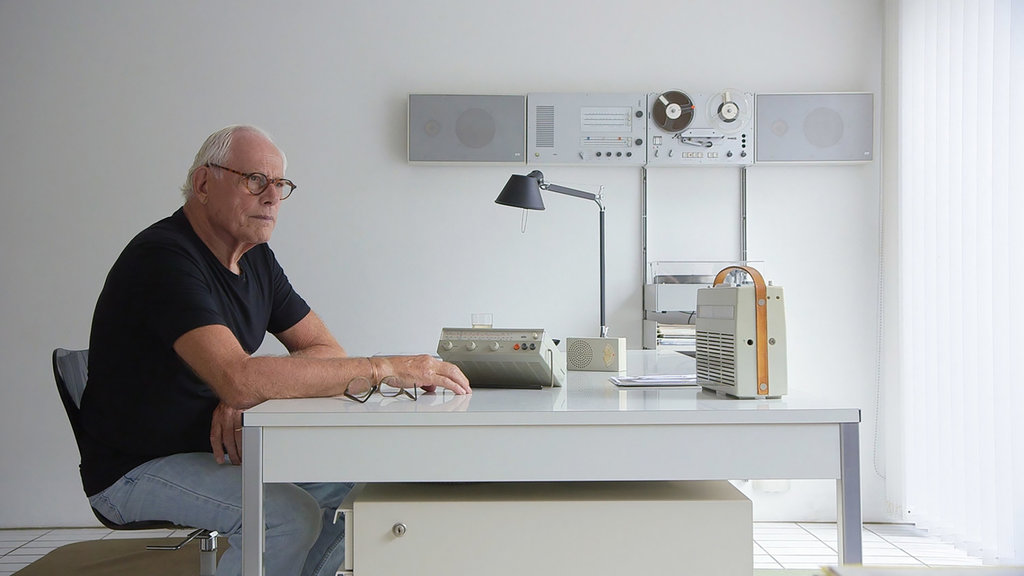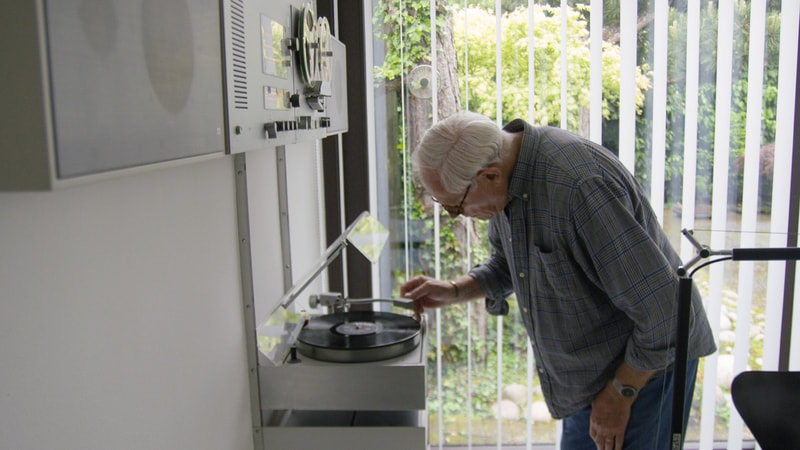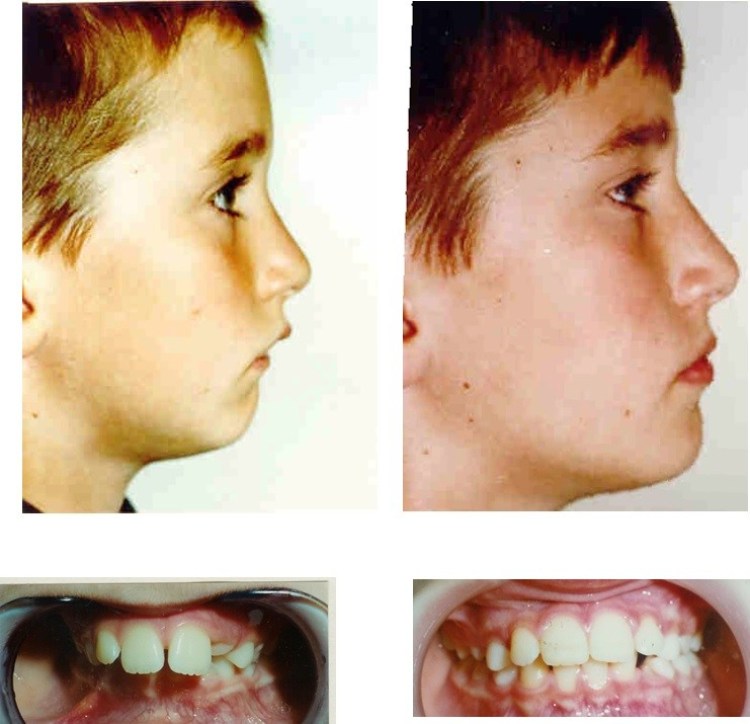W/C 28.01.19
4. Less But Better |
Weekly Event: |
'Rams' - a documentary film about German industrial designer Dieter Rams, directed by Gary Hustwit
Dieter Rams set the rules for industrial design - his ten principles are the holy grail for many designers to this day. His practice is to famously use clean lines to make products easy to understand and use; to minimise visual pollution. Any it clearly works - most of his work is three to five decades old at this point, but it still feels very much current.
This film is also noticeably minimal, embodying his "Less But Better" ethos. The only place where I think they missed the mark is one sequence where Dieter’s ten principles are introduced alongside a rather overwhelmingly animated set of videos of Braun objects in use. That sequence lost the ‘as little film-making as possible’ mantra that told the rest of the film. The animations got in the way of the storytelling |
|
What struck me most is the changes than Rams has observed in the world. Post-World-War-II Germany was a time of rebuilding. People had lost nearly everything during the war, and at the time Rams joined Braun’s design department, there was a genuine need for stuff—stuff to fill a kitchen and home; basic stuff to get life back on track. Cut to footage of Rams in a busy Apple store in London, looking entirely baffled by todays consumerist society. He notes that people are no longer interested in repairing things - just constantly coming up with new things. We have an appetite for shiny, new things is leading us down a gluttonous path of destruction. Disapproval against companies changing designs for marketing purposes is marked. Rams’s influence on the products of Apple, a company he has never worked with, is discussed; less discussed is Apple’s aggressiveness in pushing new iterations of its products, which indicates that the company is merely cherry-picking Rams’s principles.
We also see that “Less but better” is applied not just applied to his designs, but strictly adhered to throughout his life. I like it, the ideas all make sense, but I begin to feel like it’s lacking some fun. His office is functional but lacking personality – masculine and clinical. Would the world be a happy place if it matched this lack of colour and frivolity? Rams lives in a bubble. He’s remained in the same house for 50 years, and it’s essentially a time capsule. Everything is in amazing condition, but also there isn't any technology beyond the objects he's created. No iPhones, no laptops, no TVs. He clearly needs simplicity. He gains satisfaction through functionality and will never understand the “confusing and unnecessary” creations of Frank Gehry. I begin to wonder whether it’s all just a bit dull and if he ever has any fun, but then jazz starts playing from his pristine Braun SK4 record player and his plain white office fills with colour as he dances around it . |







